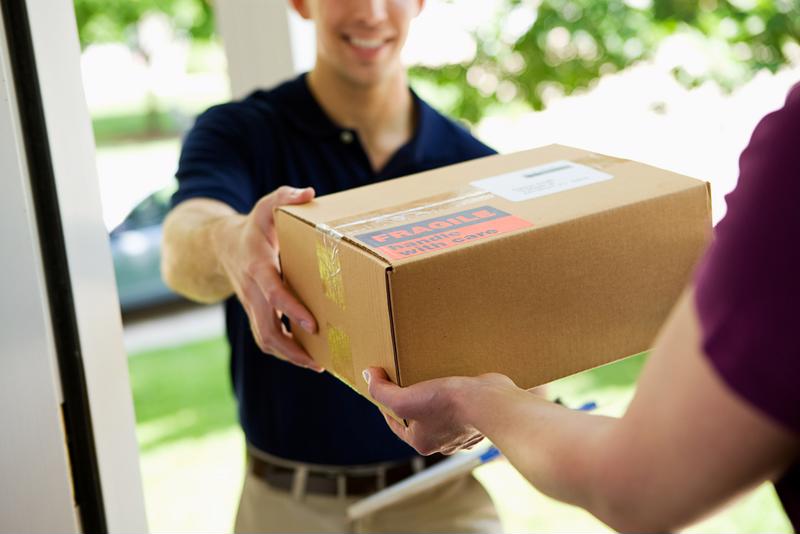One of the biggest problems for the supply chain is the very end of it, when a shipment is handed off between a company and its intended recipient. Whether that recipient is a business or individual person, it's not always easy to make that final connection - for any number of reasons. With that in mind, it should come as no surprise that more companies are trying to tackle the various wrinkles that come with last-mile logistics.
After all, even small issues here lead delivery vans to return to a shipping facility with packages that then have to be sent out again later, meaning potentially major inconveniences and lengthened delivery windows for all involved, according to Green Biz. This is costly for logistics companies in large part because of the fuel expenditure that is involved with last-mile shipments, which is why many major companies are investing in alternative delivery methods. These include bikes, scooters, electric vehicles, drones and more.

At the same time, many are also devoting resources to improving the efficiency of delivery routes, as even small changes can add up to big savings over time, the report said. Fleet management software options, AI and more are all critical to these processes.While they require potentially sizable initial investments,each will likely result in strong returns over time.
A brighter future
The good news for the supply chain as a whole is more companies now seem willing to take that leap, and may want to go high-tech to do so, according to Supply Chain Brain. One recent analysis found that the global market for autonomous last-mile delivery tech could grow to $75.65 billion by the end of the decade, but companies may take these efforts in a number of different directions.
Some retailers are investing in their own last-mile delivery services, particularly for items that would be difficult for shipping partners to handle themselves as part of a larger route, the report said. Meanwhile, more companies are getting into the business of specializing in last-mile options, rather than making it part of overall supply chain participation, becoming a "last link" rather than trying to handle a few links altogether.
What does it mean for the supply chain?
If the landscape for last-mile deliveries is shifting this dramatically, it could have major consequences for the freight industry as a whole, according to Supply Chain Management Review. That's why another important aspect of near-term investment is going toward increasingly visibility into last-mile logistics, so that companies know exactly where their delivery vehicles are headed and what can happen when they run into difficulties. That may be particularly important these days and in the future, because consumers now have a relatively dim view of any delivery process that takes more than two or three business days.
With all this in mind, any company involved in last-mile logistics needs to make sure they have surveyed all their options for improving operations and streamlining shipment times.



Post A Comment:
0 comments so far,add yours